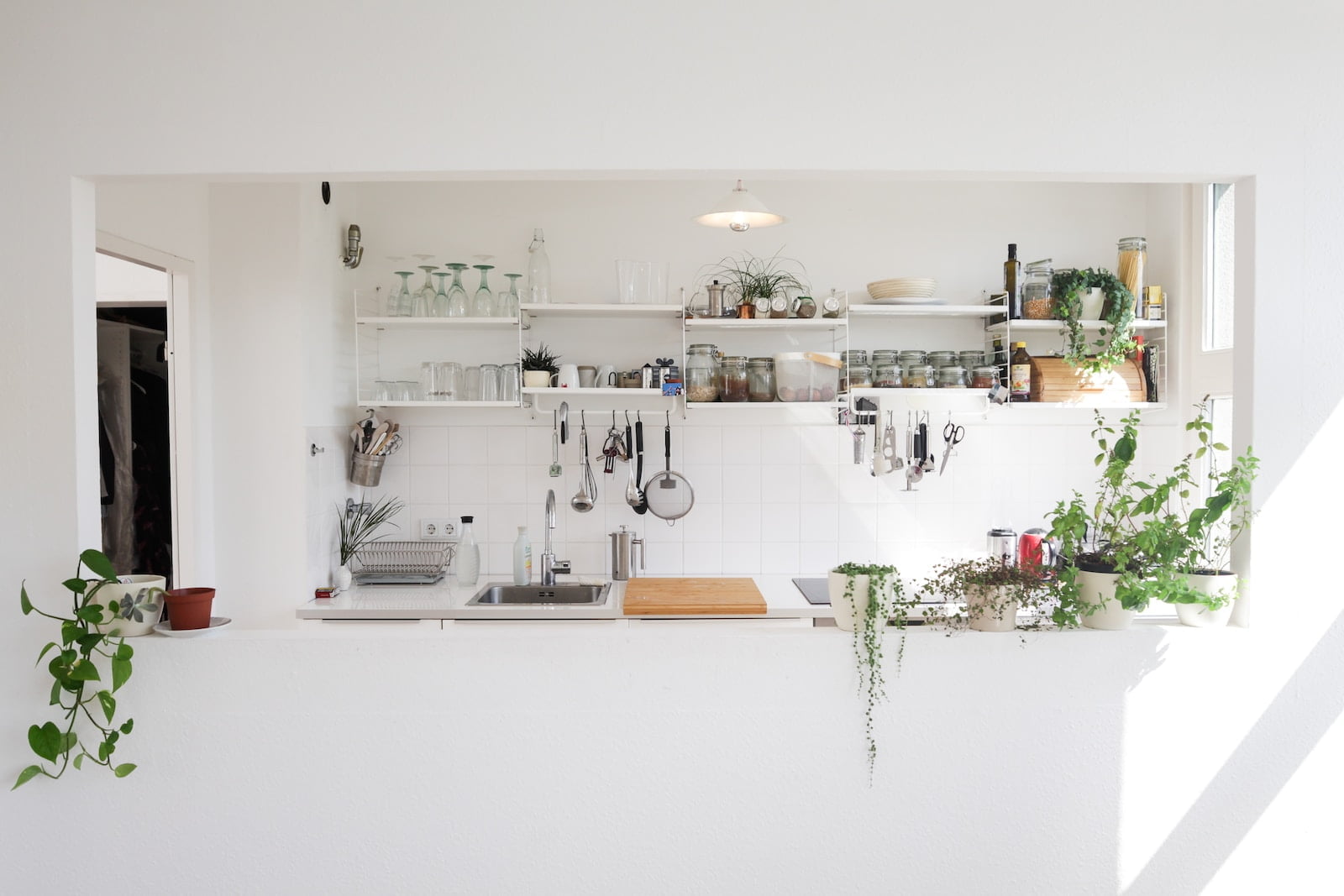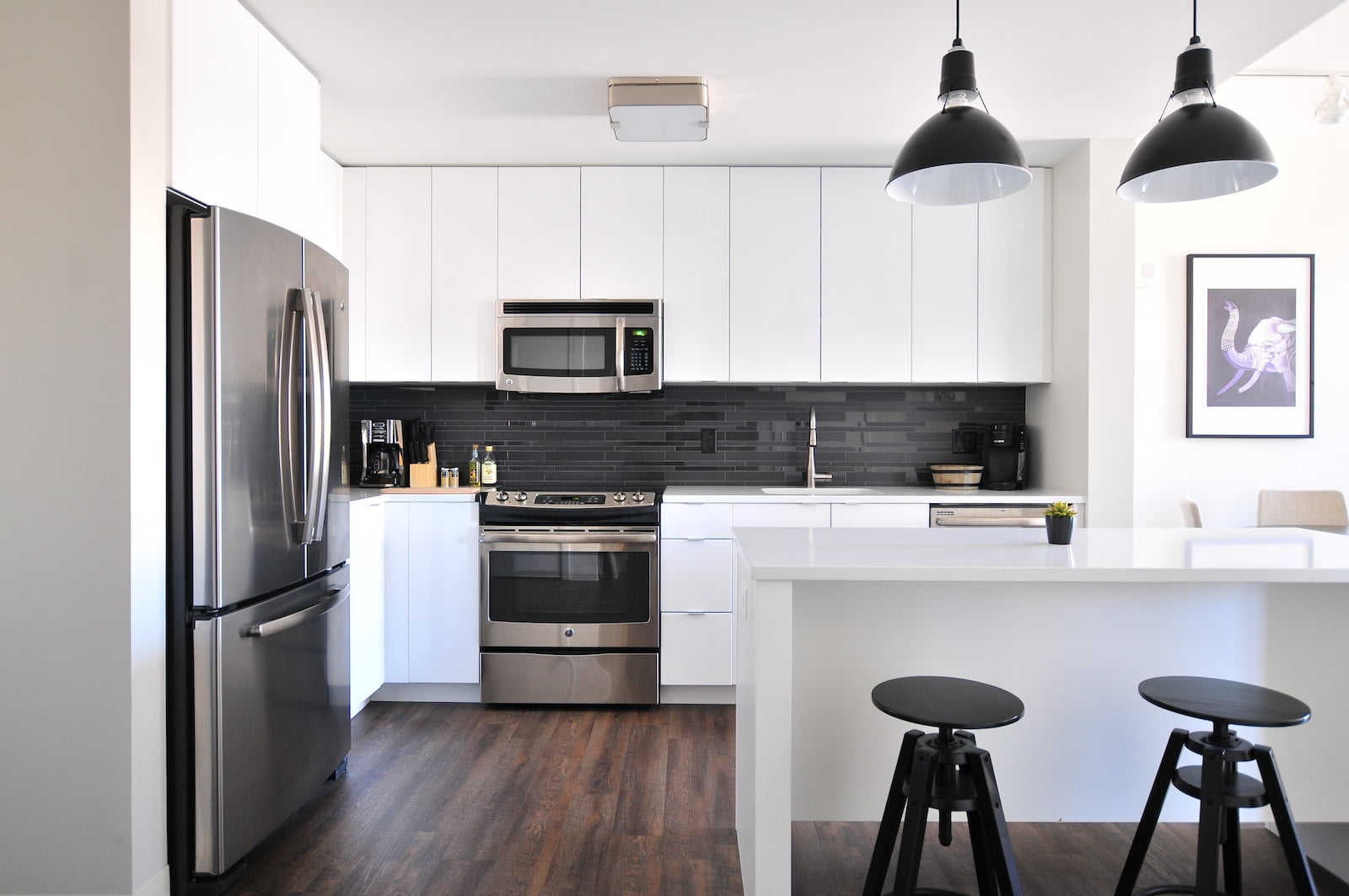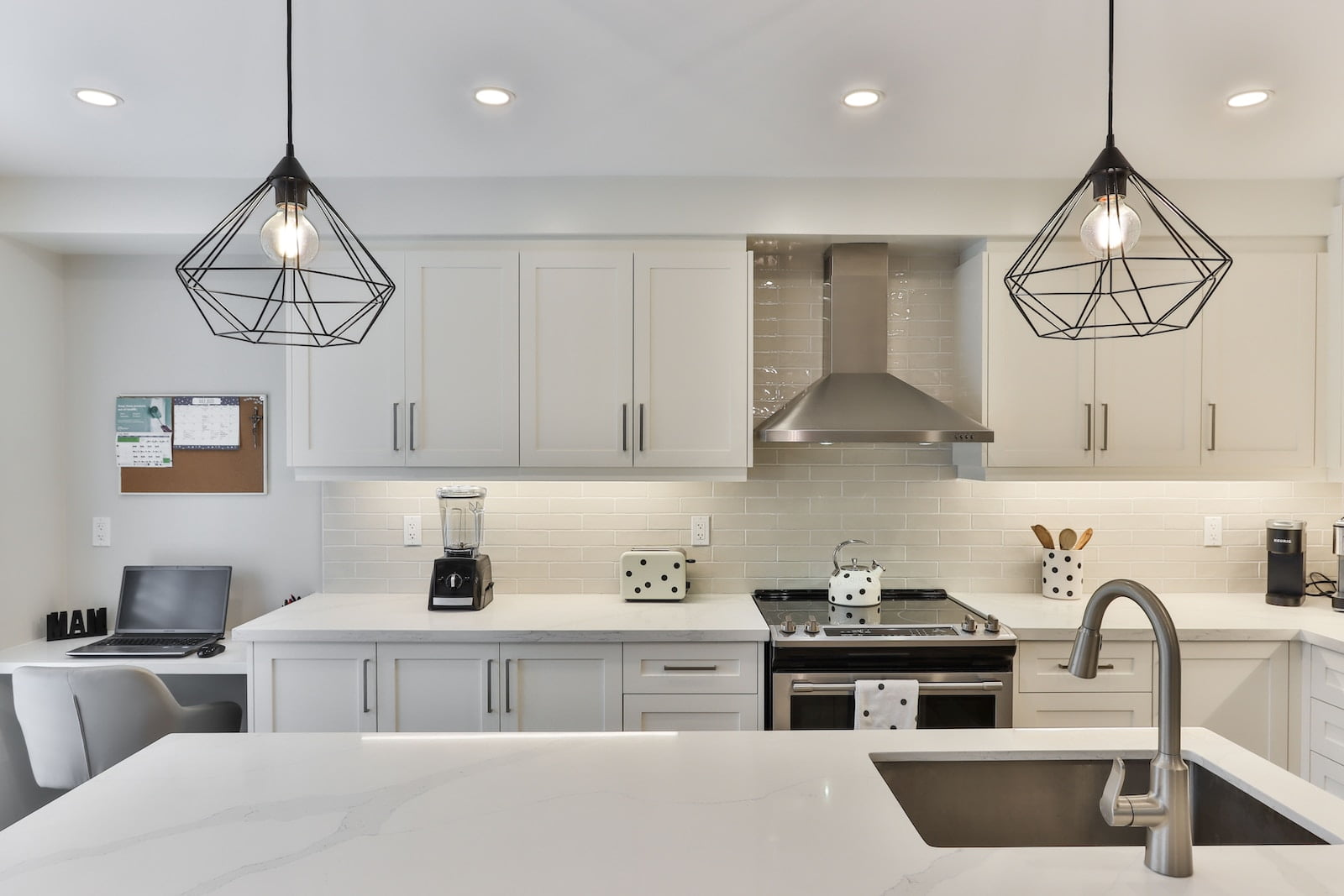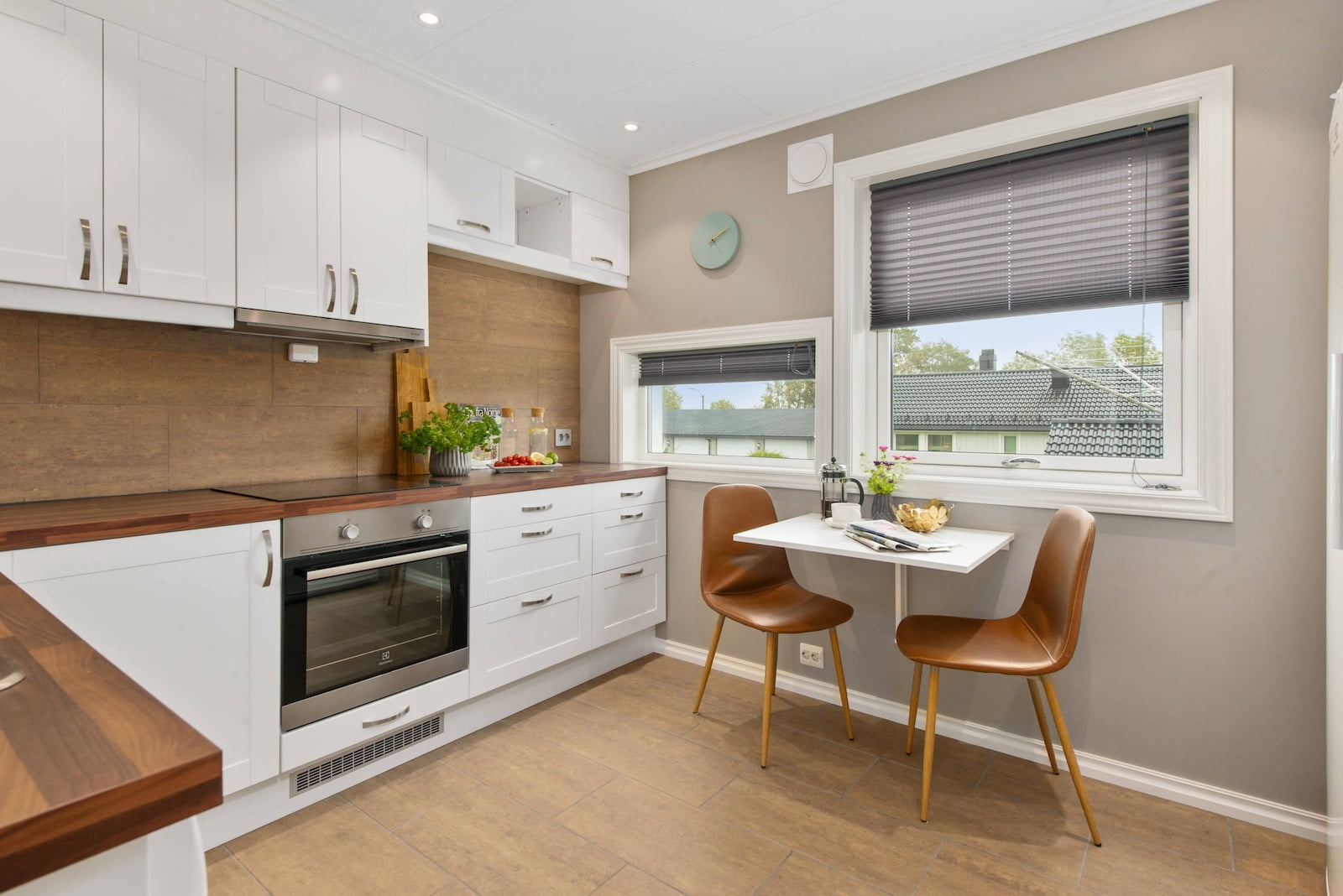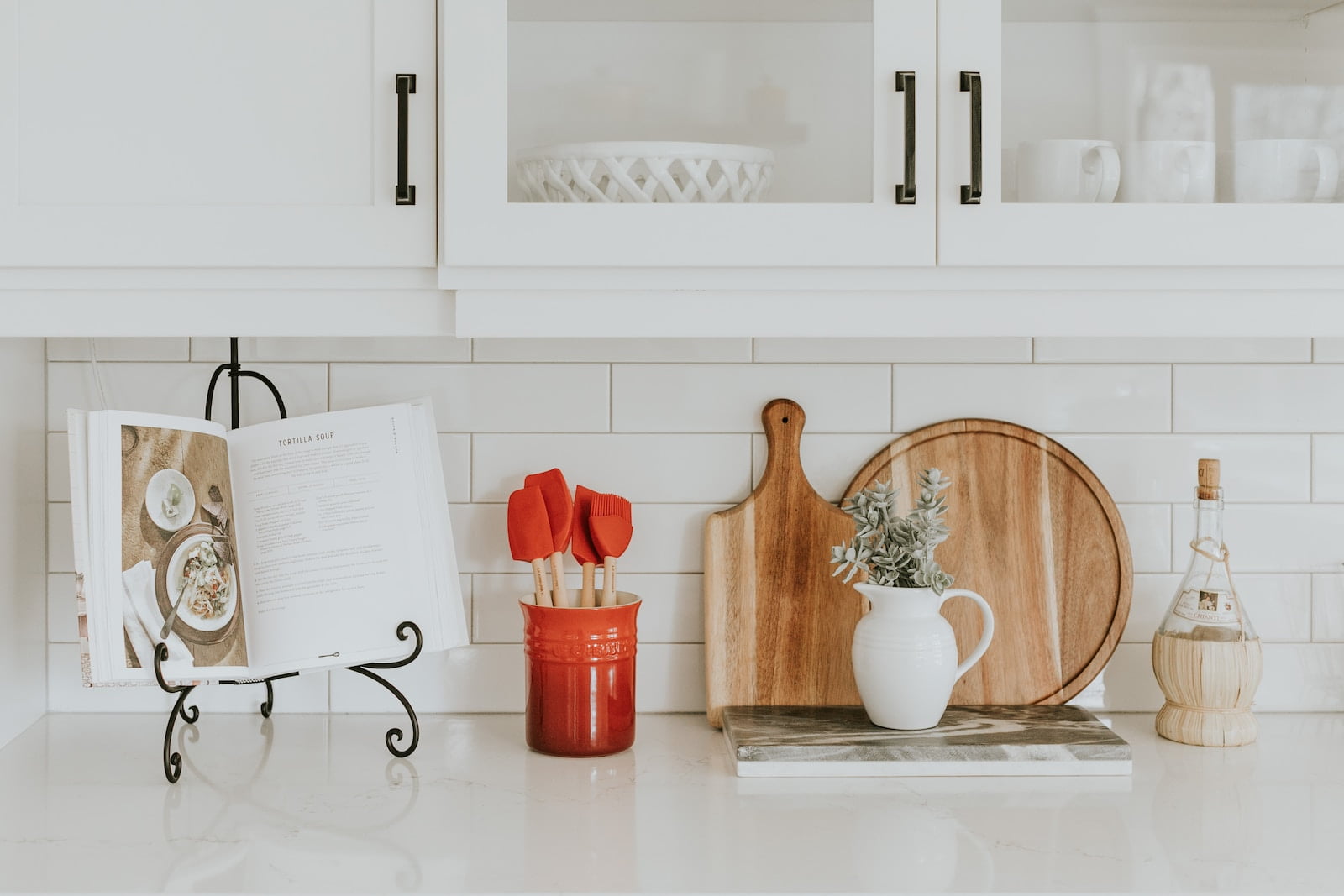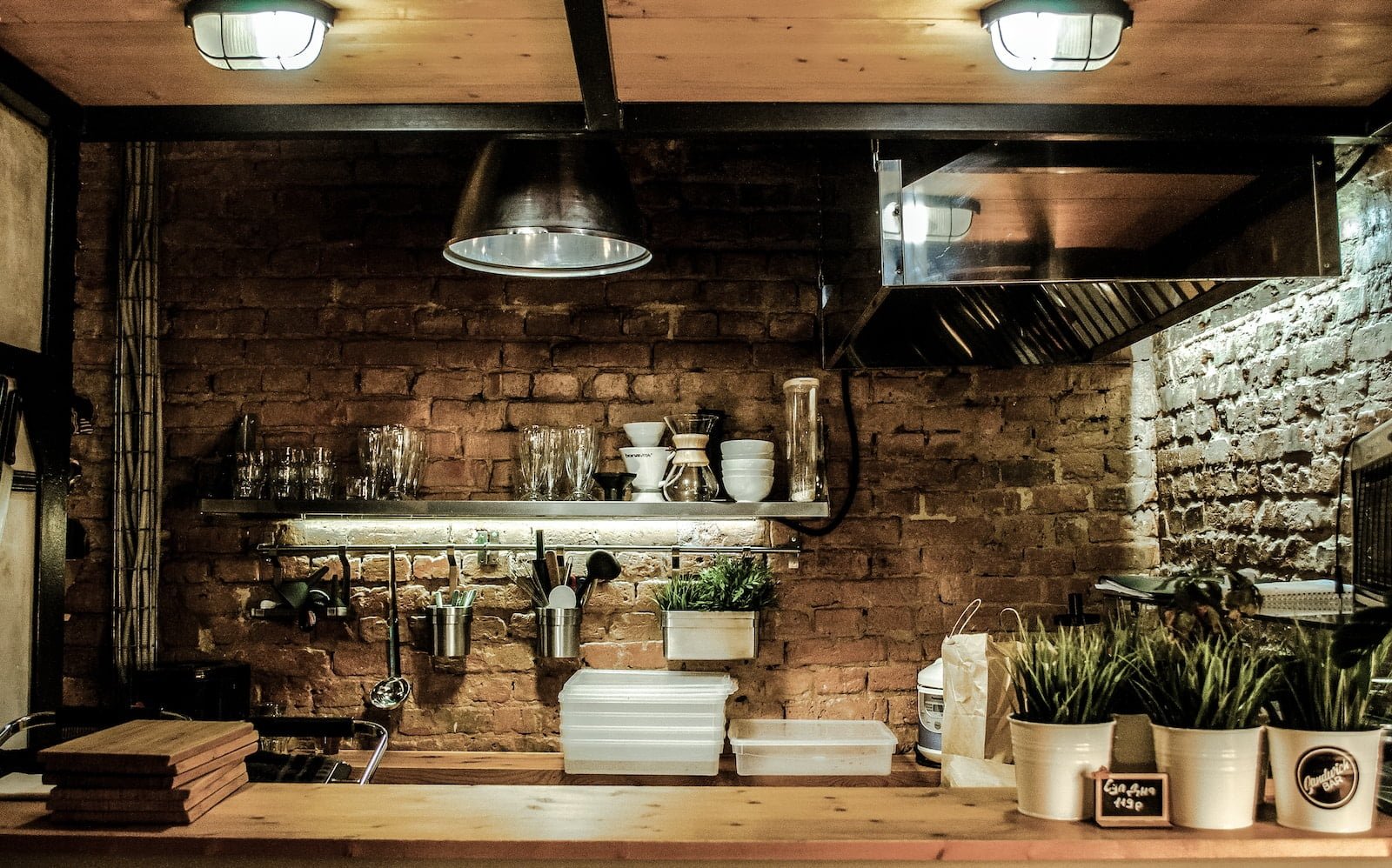The Ultimate First Step in Remodeling: Revamping Your Kitchen
When it comes to remodeling a kitchen, there are many factors to consider. From choosing the right appliances to picking out the perfect color scheme, the process can quickly become overwhelming. However, before you dive into the details, it’s important to first determine your budget and prioritize your needs. This step is crucial for ensuring that you make informed decisions and get the most value out of your renovation. So, what is the first thing to do when remodeling a kitchen? Let’s take a closer look.
Before you start tearing down walls or ripping out cabinets, it’s important to assess your finances and determine how much you can realistically spend on your project. This will help you avoid overspending and ensure that you stay within your budget. Once you have a clear understanding of your finances, you can then prioritize your needs and identify the most important changes you want to make. For example, if you love to cook, investing in high-quality appliances may be a top priority for you. Or, if you have a large family, creating more storage space may be essential. By prioritizing your needs, you can make informed decisions about where to invest your money and ensure that your renovation meets your specific needs and preferences.
Overall, determining your budget and prioritizing your needs is the first and most important step in any kitchen renovation project. By taking the time to assess your finances and identify your priorities, you can make informed decisions and create a space that is both functional and beautiful.
Choosing the Right Kitchen Layout and Design
Now that you have a clear idea of your budget and priorities, it’s time to start planning your kitchen layout and design. The first step is to measure your space and determine the best layout for your needs. Consider your workflow and how you will move around the space when cooking, cleaning, and entertaining. You may want to opt for an open-concept design that allows for easy flow between the kitchen and living areas, or a more traditional layout with separate spaces for cooking and dining.
Next, choose materials and finishes that will complement your overall aesthetic. This can include everything from cabinetry and countertops to flooring and lighting. Think about the style and color scheme you want to achieve, and choose materials that will help you achieve your vision. For example, if you want a modern, minimalist look, you might opt for sleek, high-gloss cabinets and stainless steel appliances. If you prefer a more rustic feel, you might choose natural wood finishes and earthy tones.
Ultimately, the key to a successful kitchen design is to think carefully about your needs and preferences, and choose a layout and materials that will work best for you. With a little planning and creativity, you can create a beautiful and functional kitchen that will serve you well for years to come.
Choosing Your Appliances and Fixtures
Now that you have your layout and design planned out, it’s time to choose the appliances and fixtures that will bring your kitchen to life. When selecting your refrigerator, consider the size and style that will work best for your family’s needs. Do you need a side-by-side or a French door model? How much storage space do you require? These are all factors to consider when making your decision.
Next, you’ll need to choose a stove that fits your cooking style. Will you be doing a lot of baking? If so, a double oven may be a good choice. Do you prefer gas or electric? Consider your budget as well as your cooking needs when making your selection.
Don’t forget about your dishwasher, sink, and faucet. Look for a dishwasher with energy-efficient features to save on your utility bills. Your sink and faucet should be functional and stylish, and should match the overall design of your kitchen.
When making your final selections, keep in mind your budget and the overall aesthetic of your kitchen. Don’t be afraid to mix and match styles and finishes to create a unique look that reflects your personal taste. With the right appliances and fixtures, your kitchen will be both functional and beautiful.
Hire a professional contractor
If you’re planning a kitchen renovation, hiring a professional contractor is a smart move. Not only can they help you navigate the complexities of the remodeling process, but they can also ensure that all work is done to code and provide valuable insights and advice. A contractor can also help you stay on budget and avoid costly mistakes.
One of the biggest benefits of hiring a professional contractor is that they have the experience and expertise to get the job done right. They know the best materials to use, the most efficient way to complete the project, and can troubleshoot any issues that arise along the way. They can also help you make design decisions that will improve the functionality and aesthetic appeal of your kitchen.
Another advantage of working with a contractor is that they have a network of trusted subcontractors and suppliers. This means that they can coordinate all aspects of the project, from plumbing and electrical work to ordering materials and scheduling deliveries. They can also handle any necessary permits and inspections, saving you time and hassle.
Overall, hiring a professional contractor is a wise investment when it comes to a kitchen renovation. They can help you achieve your vision for your space while ensuring that the project is completed efficiently, safely, and to your satisfaction.
Preparing for the Renovation Process
Once you have finalized the design of your dream kitchen, it’s time to prepare for the renovation process. This stage requires careful planning and organization to ensure that everything runs smoothly. One of the first steps is to pack up your kitchen, including dishes, appliances, and utensils. This will help protect your belongings from dust and debris and make it easier for the contractors to work in the space.
Next, you’ll need to set up a temporary cooking space. Depending on the scope of your renovation, this may involve using a microwave, toaster oven, or hotplate in another room. It’s essential to plan your meals ahead of time and stock up on non-perishable items to minimize the inconvenience of not having a fully functional kitchen.
Communication with your contractor is also crucial at this stage. Make sure you discuss the timeline, budget, and any potential issues that may arise during the renovation process. This will help ensure that everyone is on the same page and that the project stays on track.
In conclusion, preparing for a kitchen renovation is an essential step in ensuring that the process goes smoothly. By packing up your kitchen, setting up a temporary cooking space, and communicating effectively with your contractor, you can minimize disruptions and stress during this exciting time.
